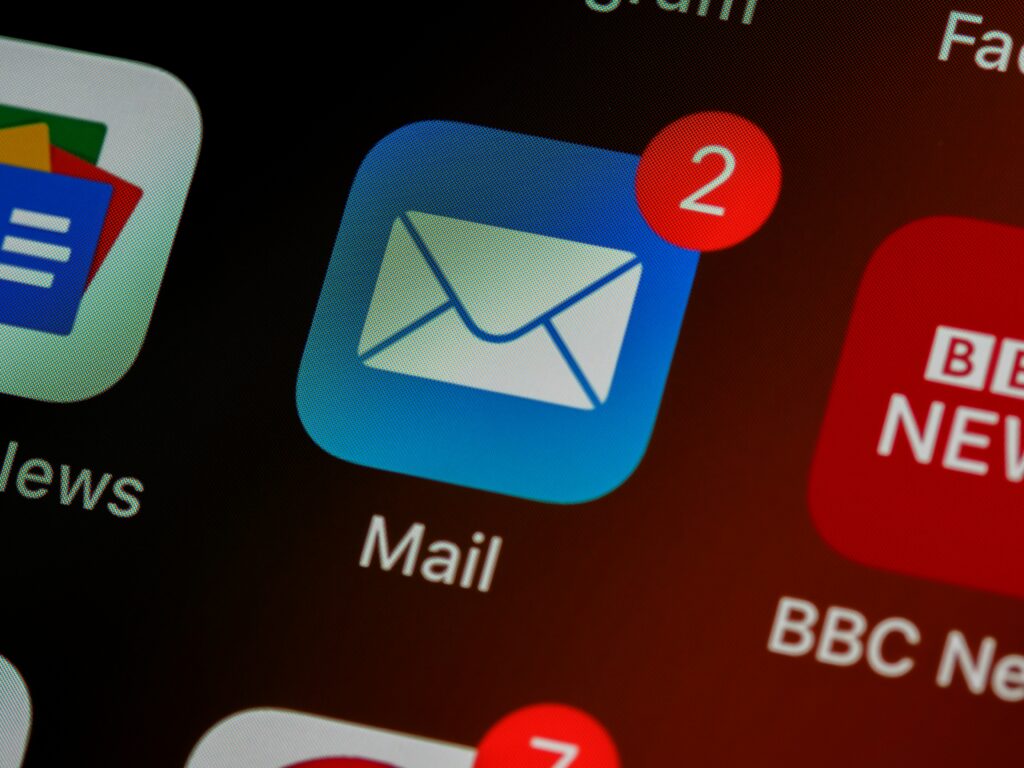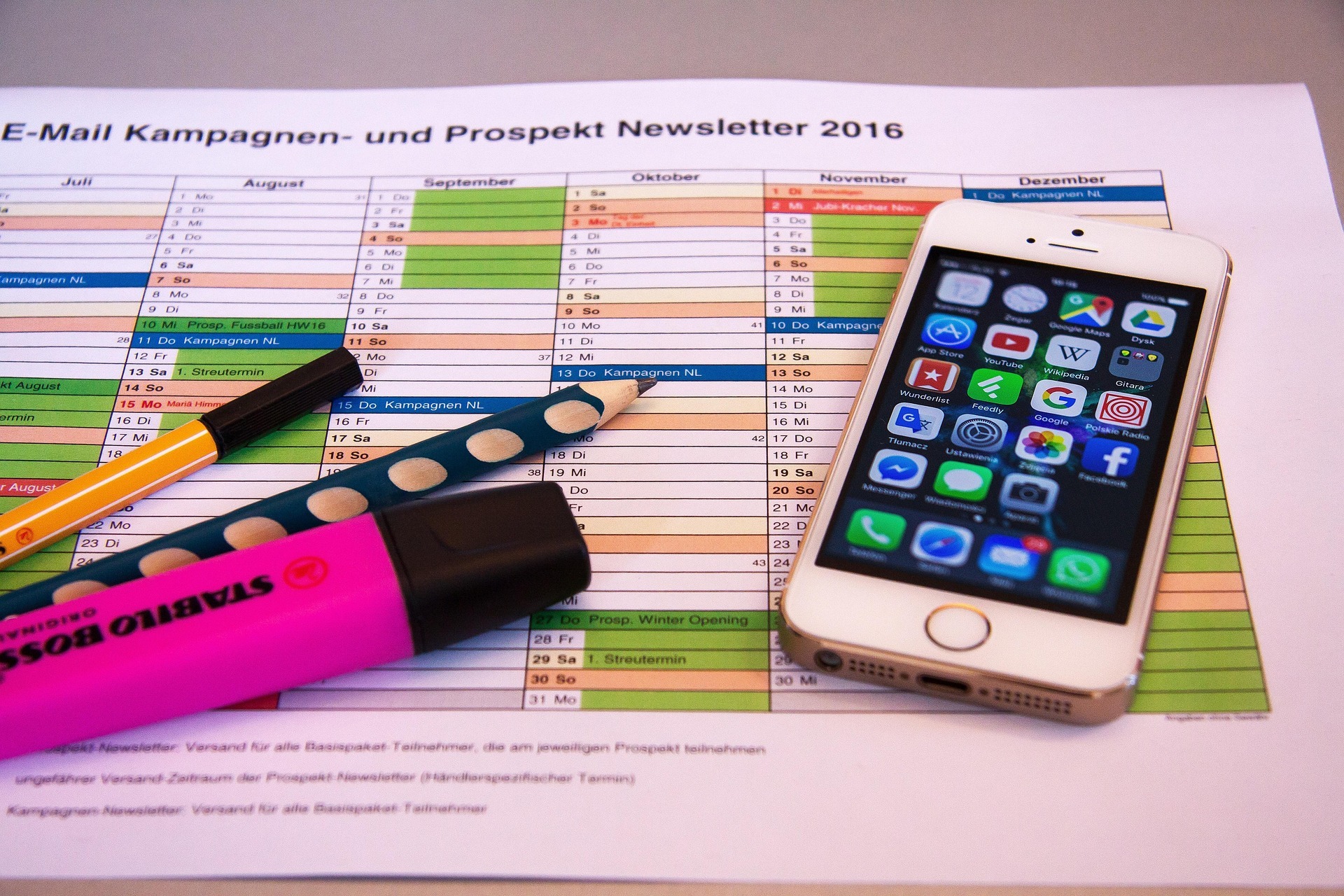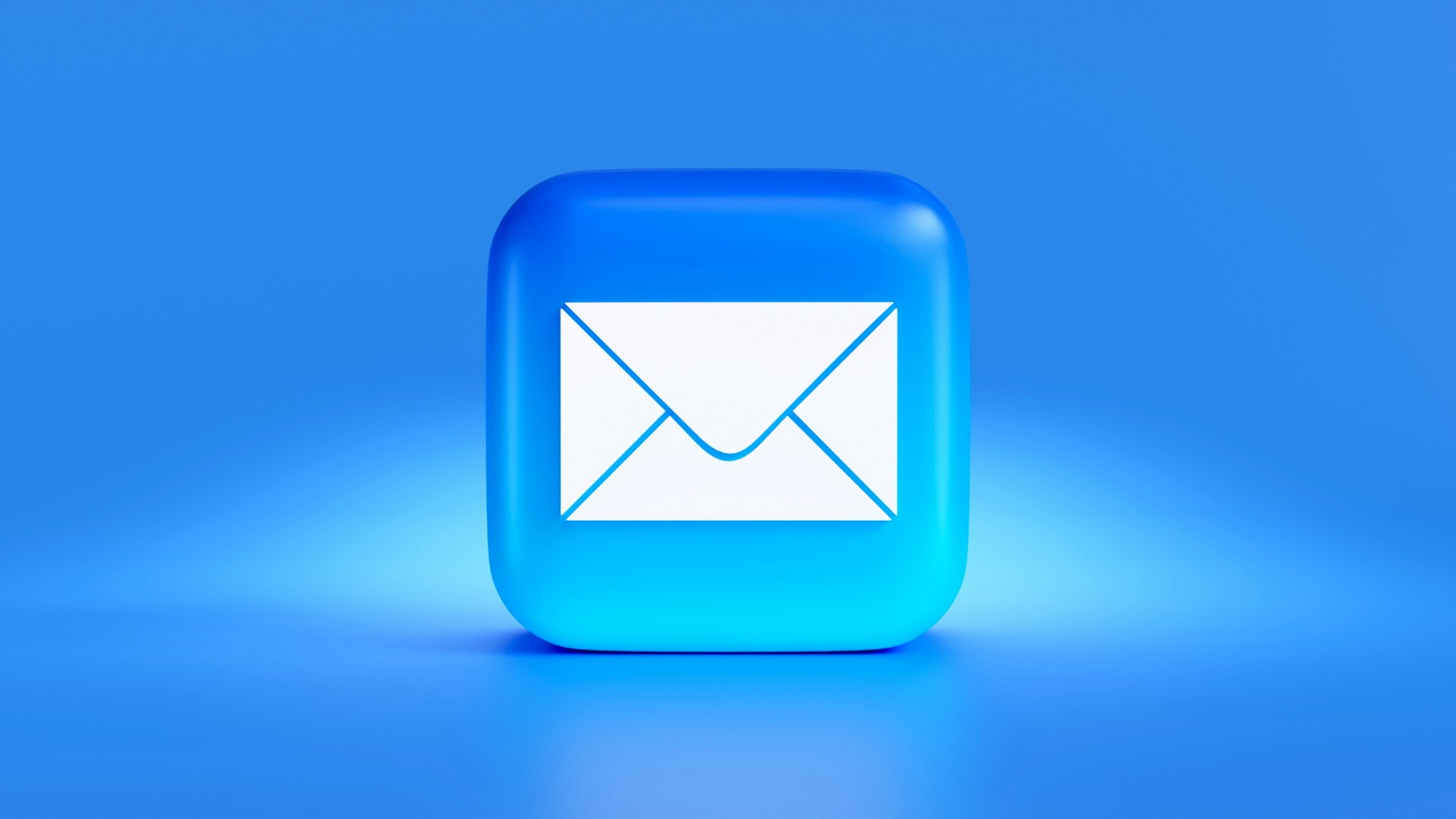In today’s digital landscape, mastering email marketing is essential for businesses eager to elevate engagement and foster strong customer relationships. With countless messages flooding inboxes daily, how do you stand out? The answer lies in implementing strategic email sequences designed to captivate your audience and guide them through their buyer’s journey. From welcome emails that spark initial interest to re-engagement campaigns that breathe new life into dormant subscribers, each sequence plays a pivotal role in driving conversions and building loyalty. In this article, we’ll unveil eight essential email sequences that will not only boost your engagement but also transform your marketing strategy. Whether you’re a seasoned marketer or just starting, these proven techniques will empower you to connect with your audience in meaningful ways and ultimately skyrocket your success. Let’s dive in and discover how to harness the full potential of email marketing!
The Importance of Email Sequences
Email sequences are automated series of emails sent to subscribers based on specific actions or timeframes. Instead of blasting generic messages, sequences allow you to deliver timely, relevant content that moves subscribers smoothly through your marketing funnel.
Why they matter:
- Provide consistent communication
- Boost engagement and conversion rates
- Save time through automation
- Increase brand trust and loyalty

Overview of the 8 Essential Email Sequences
Here’s a quick look at the email sequences we’ll explore in this post:
- Welcome Sequence
- Nurture Sequence
- Promotional Sequence
- Re-engagement Sequence
- Feedback Sequence
- Abandoned Cart Sequence
- Onboarding Sequence
- Upsell/Cross-Sell Sequence
Welcome Sequence: Setting the Stage for Engagement
The welcome sequence is your first impression. It sets the tone for the relationship and introduces your brand to new subscribers.
Tips:
- Thank subscribers for joining
- Reaffirm your value proposition
- Provide a clear next step (like downloading a freebie or visiting your website)
Nurture Sequence: Building Relationships with Subscribers
This sequence educates and warms up leads over time, helping them get to know your brand before a sales pitch.
What to include:
- Educational content
- Case studies or testimonials
- Valuable resources

Promotional Sequence: Driving Sales and Conversions
Used during product launches, sales campaigns, or special offers, this sequence creates urgency and encourages immediate action.
Best practices:
- Highlight benefits and pain points
- Use strong calls to action
- Include social proof
Re-engagement Sequence: Winning Back Inactive Subscribers
Not all subscribers stay engaged. Re-engagement emails help you revive dormant contacts and clean your list.
Include:
- A reminder of your value
- A special offer or incentive
- A clear option to unsubscribe
Feedback Sequence: Gathering Insights for Improvement
After a purchase or a subscriber action, this sequence helps you gather feedback to improve products, services, and communication.
Key elements:
- Simple surveys or rating buttons
- Open-ended questions
- Thank-you notes

Best Practices for Crafting Effective Email Sequences
To maximize results, keep these best practices in mind:
- Personalize emails using the subscriber’s name or activity
- Segment your list to tailor content by interest or behavior
- Test subject lines and CTAs for better open and click rates
- Keep mobile optimization in mind
- Monitor performance and iterate based on metrics
Conclusion: Implementing Your Email Marketing Strategy
With these eight email sequences in place, you’re well on your way to creating a smarter, more effective email marketing strategy. Remember, automation doesn’t mean impersonal—it’s your opportunity to deliver the right message at the right time, every time.
Start small, refine based on data, and stay focused on creating value for your subscribers.
Need Help? Explore Our Email Marketing Services
Frequently Asked Questions (FAQ)
Q1: How many emails should be in each sequence?
A: It varies, but most sequences have 3–7 emails depending on the goal. For instance, welcome sequences often include 3–5 emails.
Q2: What email marketing tools support automated sequences?
A: Tools like Mailchimp, ConvertKit, ActiveCampaign, and Klaviyo all support automation features.
Q3: How often should I update my email sequences?
A: Review and optimize your sequences every 3–6 months based on performance metrics.
Q4: What’s the difference between a nurture and a promotional sequence?
A: Nurture sequences build relationships over time without a hard sell, while promotional sequences aim to drive immediate sales.


Leave a Reply